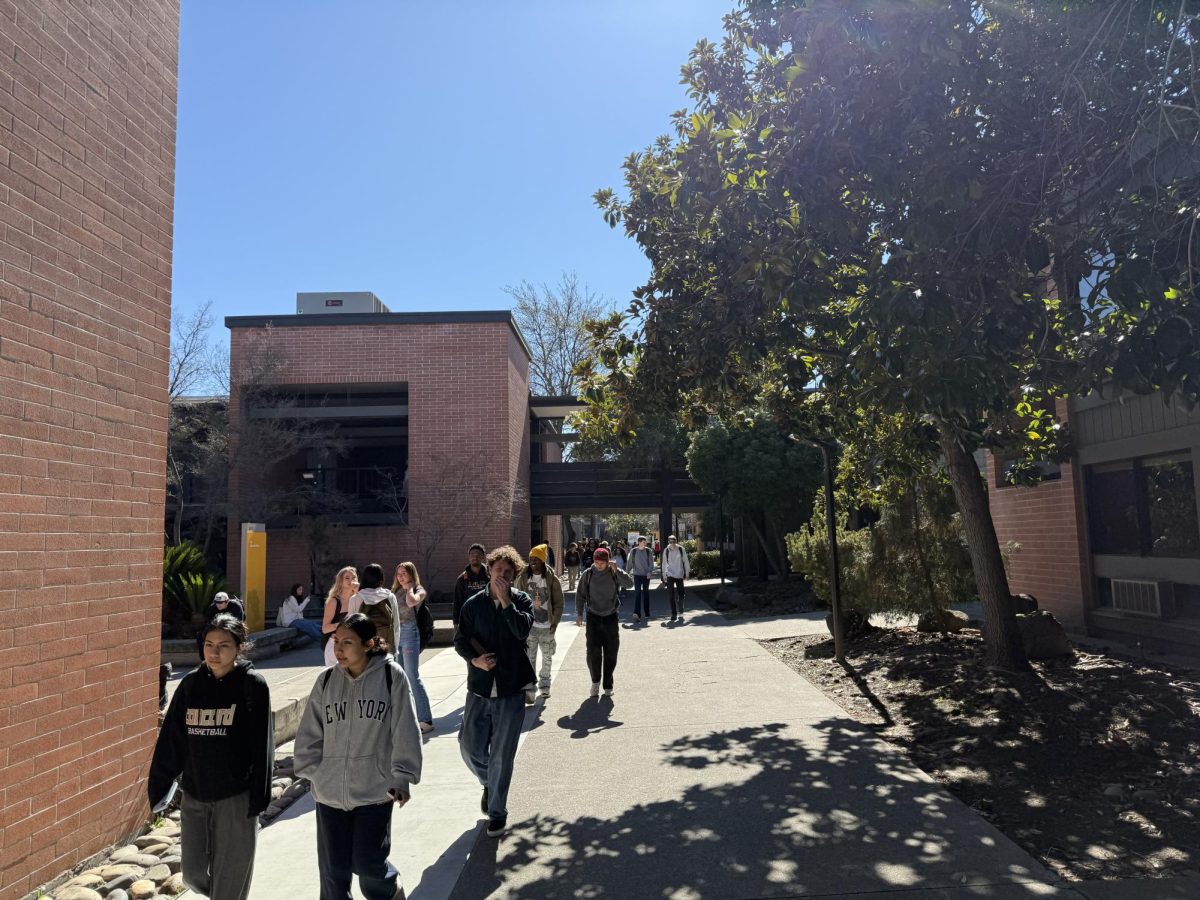Teachers, administrators and students are working together in a new group, the College Success Inquiry Project, to try to bridge the gap in achievement levels between black and white students.
Annual data has repeatedly shown that black students at DVC have lower rates of achievement when compared to other racial groups, said Emily Stone, academic and student services manager.
According to the 2009 DVC Fact Book, the most recent edition, black students represent 5.5 percent of DVC enrollment while white students represent 47.2 percent.
The Fact Book shows that of those groups enrolled at DVC, black students are behind compared to their white counterparts in academic success by more than 18 percent from 2004 to 2008.
The gap in achievement is measured in course success and retention, degrees and certificates awarded, transfer to four-year institutions, grade point averages, standardized test scores and placement in courses after high school graduation, according to the Fact Book.
CSI was started this semester as a group of faculty, staff and students who research and make recommendations to the college to address the achievement gap, said Stone, a co-leader of the group. There are 20 members of the group, including student representatives, Daija Cornelious and Douglas Phenix.
Members meet twice a month as a large group, but there are three subgroups that meet more often. One subgroup looks at data, another gathers input from students and the last takes on the need for funding.CSI’s current funding is in the form of a grant from the Foundation for College Success, said Lindsay Kong, a co-leader of CSI.
Matthew Powell, another leader of CSI and an African American studies professor, said that as an African American, it’s his obligation to participate in the group.
“The gap between rich and poor within African America is an issue not addressed here,” he said. “What’s happening with all of the black people who drop out of high school or don’t go to college?”
The college tried to address the gap with Ujima, a program similar to Puente, a program Mohamed Eisa, dean of planning, research and student outcomes, said has had relative success in addressing the Latino student achievement gap.
Ujima had paid coordinators and staff that used a community-learning model in which students simultaneously enrolled in two or more classes for one semester with the help of counseling throughout.
Stone said not enough black students enrolled in the Ujima classes and the two-year program was discontinued after spring 2010.
“On this campus, I feel like an outcast,” Cornelious said, speaking at a recent student government meeting about the achievement gap. “Yes, there are 2,000 black people [at DVC] – I never see them.”
Cornelious said economics are the biggest reason for the achievement gap.
“A lot of the African American students come from impoverished areas,” she said. “We have students coming from all over the Bay Area … who attend poorly funded schools that don’t prepare them for the life outside of high school.”
CSI leader Powell noted other reasons for the performance differences, including a lack of access to education and public resources in the past because of segregation and apartheid.
“What do you expect when the social conditions of black people in this country have been so historically and systematically poor for such a long time?” he said.
Contact Annie Sciacca at [email protected] and Brian Donovan at [email protected]








































































